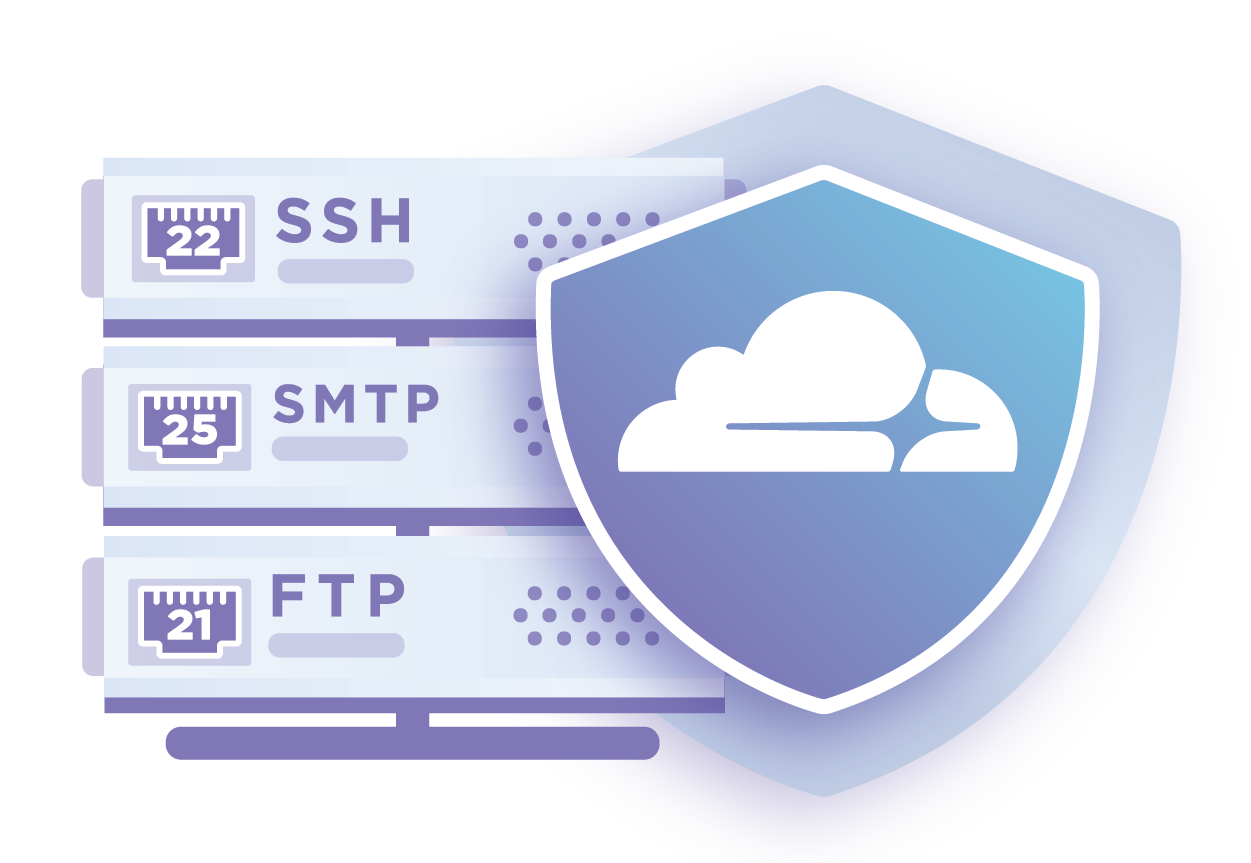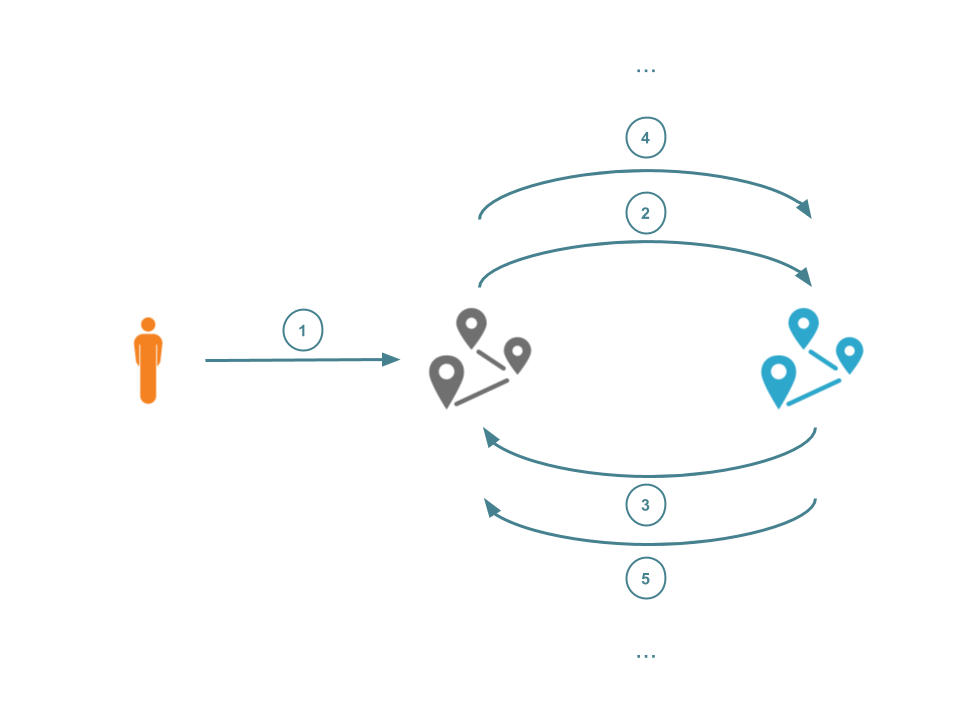Podcast: Data Management and Analytics
 In this podcast, you will hear O2/ Telefonica, Cardinality and Dell EMC as they jointly showcase...
In this podcast, you will hear O2/ Telefonica, Cardinality and Dell EMC as they jointly showcase...
SoftNAS Cloud Vulnerability Could Allow Hackers to Bypass Authentication
 The storage vendor isn’t aware of any customer attacks resulting from the vulnerability and said...
The storage vendor isn’t aware of any customer attacks resulting from the vulnerability and said...
Linux Foundation Adds a Project for Building Data Best Practices
 The new project, DataProjects.org, will offer coursework for improving data literacy and has a...
The new project, DataProjects.org, will offer coursework for improving data literacy and has a...
Vodafone Aims to Launch 5G in Ireland in Q4 2019
 The 5G race heats up in Ireland as all three operators plan to launch services in 2019. Huawei...
The 5G race heats up in Ireland as all three operators plan to launch services in 2019. Huawei...
Portworx Doubles Cash Hoard, Drives More Security Into Storage Platform
 Hewlett Packard Enterprise is one of the new investors, having initially signed up for the Portworx...
Hewlett Packard Enterprise is one of the new investors, having initially signed up for the Portworx...
Coming Togther for an All-Inclusive and Accessible Internet in South Asia

Last year, at the Internet Society Asia-Pacific and Middle-East Chapters Meeting, I was introduced to the series of easily-digestible and thought-provoking issue papers published by the Internet Society. Particularly, the one on digital accessibility had me shaking in disbelief. It stated that one in six people in the Asia-Pacific region lives with disability – that is a total of about 650 million people.

The Internet Society Pakistan Islamabad Chapter had always been active in promoting digital accessibility, but I realized that we need to do more, especially at the transnational level. Thus, the idea of organizing a regional forum on digital accessibility was born, and with support from the Internet Society Asia-Pacific Bureau, it became a reality.
The Regional Forum on Digital Accessibility was successfully held on 7 February in Islamabad. It brought together 120 participants, including Internet Society Chapter leaders from Afghanistan and Nepal, fellows from Sri Lanka, and speakers from India.
A major achievement emerging from the forum was the vow from Pakistan’s high-level government officials to include representation of persons with disabilities in the recently-established Prime Minister’s Task Force on Information Technology (IT) and Telecom that is developing a roadmap for Pakistan’s digital transformation. There was Continue reading
Célébration du 1er anniversaire du chapitre Guinéen de l’Internet Society

Le Chapitre Guinéen de l’Internet Society (ISOC Guinée) a célébré son 1er anniversaire le 9 février 2019 dans la salle de conférence de l’université de Simbaya (UniSim) sous le thème «A la découverte de l’Internet, Histoire et perspectives de l’Internet et de son écosystème en Guinée». Cet important événement a réuni 150 personnes pour marquer la présence de l’Internet Society en Guinée à travers le chapitre et mutualiser les efforts pour la promotion et le développement d’un Internet ouvert, globalement connecté, sécurisé et digne de confiance pour tous en Guinée. L’opportunité a aussi été donnée aux participants et membres du chapitre ISOC Guinée de découvrir le plan d’action 2019 de l’Internet Society et voir comment cela peut se décliner en projets et activités concrètes au niveau local.
La célébration de ce 1er anniversaire du chapitre ISOC Guinée a été soutenue financièrement par le programme de financement Beyond the Net de l’Internet Society et autres partenaires locaux du chapitre dont l’université de Simbaya (UniSim).
Au cours de cette célébration, il a décidé de rendre la date du 30 décembre de chaque année comme une date historique pour le chapitre afin de renforcer les relations d’amitié et de fraternité entre Continue reading
Day Two Cloud 005: Building A Startup In The Cloud Is Easy, Right?
Today’s Day Two Cloud episode is all about the realities of building a startup in the cloud era. Guest Adam Bertram shares his experiences launching a startup using cloud services such as Trello, Zapier, and Lambda; discusses why good APIs matter; and talks about how to balance immediate needs against long-term technical debt.
The post Day Two Cloud 005: Building A Startup In The Cloud Is Easy, Right? appeared first on Packet Pushers.
Day Two Cloud 005: Building A Startup In The Cloud Is Easy, Right?
Today’s Day Two Cloud episode is all about the realities of building a startup in the cloud era. Guest Adam Bertram shares his experiences launching a startup using cloud services such as Trello, Zapier, and Lambda; discusses why good APIs matter; and talks about how to balance immediate needs against long-term technical debt.Spectrum for UDP: DDoS protection and firewalling for unreliable protocols

Today, we're announcing Spectrum for UDP. Spectrum for UDP works the same as Spectrum for TCP: Spectrum sits between your clients and your origin. Incoming connections are proxied through, whilst applying our DDoS protection and IP Firewall rules. This allows you to protect your services from all sorts of nasty attacks and completely hides your origin behind Cloudflare.
Last year, we launched Spectrum. Spectrum brought the power of our DDoS and firewall features to all TCP ports and services. Spectrum for TCP allows you to protect your SSH services, gaming protocols, and as of last month, even FTP servers. We’ve seen customers running all sorts of applications behind Spectrum, such as Bitfly, Nicehash, and Hypixel.
This is great if you're running TCP services, but plenty of our customers also have workloads running over UDP. As an example, many multiplayer games prefer the low cost and lighter weight of UDP and don't care about whether packets arrive or not.
UDP applications have historically been hard to protect and secure, which is why we built Spectrum for UDP. Spectrum for UDP allows you to protect standard UDP services (such as RDP over UDP), but can also protect any custom protocol Continue reading
Episode 47 – Introduction To Segment Routing
Many routing experts believe that segment routing provides significant advantages over MPLS, and more specifically MPLS Traffic Engineering (MPLS-TE). In this episode we take a look at some of the foundational concepts used in segment routing and some of the differentiators between it and MPLS.
Resources:
- RFC 8402 – Segment Routing Architecture
- IETF Draft – Segment Routing with MPLS Data Plane
- IETF Draft – Segment Routing interworking with LDP
- IETF Draft – PCEP Extensions for Segment Routing
- IETF Draft – OSPF Extensions for Segment Routing
- IETF Draft – IS-IS Extensions for Segment Routing
- RFC 8476 – Signaling Maximum SID Depth (MSD) Using OSPF
- RFC 8491 – Signaling Maximum SID Depth (MSD) Using IS-IS
- NANOG Presentation on Maximum SID Depth
- J-RENS Presentation on Segment Routing Experience at ESnet
We would like to thank Cumulus Networks for sponsoring this episode of Network Collective. Cumulus Networks makes networking software for the open, modern data center. It’s the only open networking software that allows you to affordably build and efficiently operate your network like the worlds largest data center operators. Your company’s success depends on your ability to “future-proof” your network so why would you choose old, legacy infrastructure to stay ahead Continue reading
Preventing Request Loops Using CDN-Loop

HTTP requests typically originate with a client, and end at a web server that processes the request and returns some response. Such requests may pass through multiple proxies before they arrive at the requested resource. If one of these proxies is configured badly (for instance, back to a proxy that had already processed it) then the request may be caught in a loop.
Request loops, accidental or malicious, can consume resources and degrade user's Internet performance. Such loops can even be observed at the CDN-level. Such a wide-scale attack would affect all customers of that CDN. It's been over three years since Cloudflare acknowledged the power of such non-compliant or malicious request loops. The proposed solution in that blog post was quickly found to be flawed and loop protection has since been implemented in an ad-hoc manner that is specific to each individual provider. This lack of cohesion and co-operation has led to a fragmented set of protection mechanisms.
We are finally happy to report that a recent collaboration between multiple CDN providers (including Cloudflare) has led to a new mechanism for loop protection. This now runs at the Cloudflare edge and is compliant with other CDNs, allowing us to Continue reading
